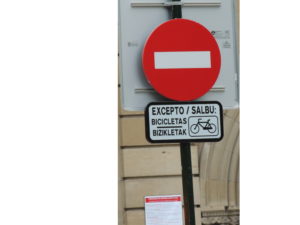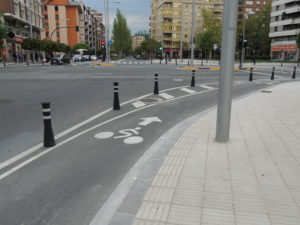Why we cycle is a documentary directed by Arne Gielen and Gertjan Hulsterin which was premiered in 2017. It deals with the healthy habit of cycling in the Netherlands, although not only there. I am sure you know the Netherlands is one of the countries with the highest percentage of riders in the world. It seems they bring bicycling in their DNA the moment they are born. But going a step further, the directors wanted to know the deeper needs of cyclists.
Hence, they interviewed ordinary riders through easy conversations to discover obvious as well as hidden effects of cycling on people, societies and the organization of cities. Thanks to the biker movement, it is subtitled into English, French, German, Spanish, Portuguese, Russian, Turkish, Italian, Hindi and Japanese to spread the word.
Moreover, according to IMBD its score is 7.9 in 10 at the time I am writing this post, thus converting this documentary in appealing that people should watch it even if they are not bikers.
And what should I do to show or broadcast it? Just ask for it. In the webpage, there is the Contact section in which you can seek for it. Indeed, you can also see the endless list of screenings and a world map with all the locations.


